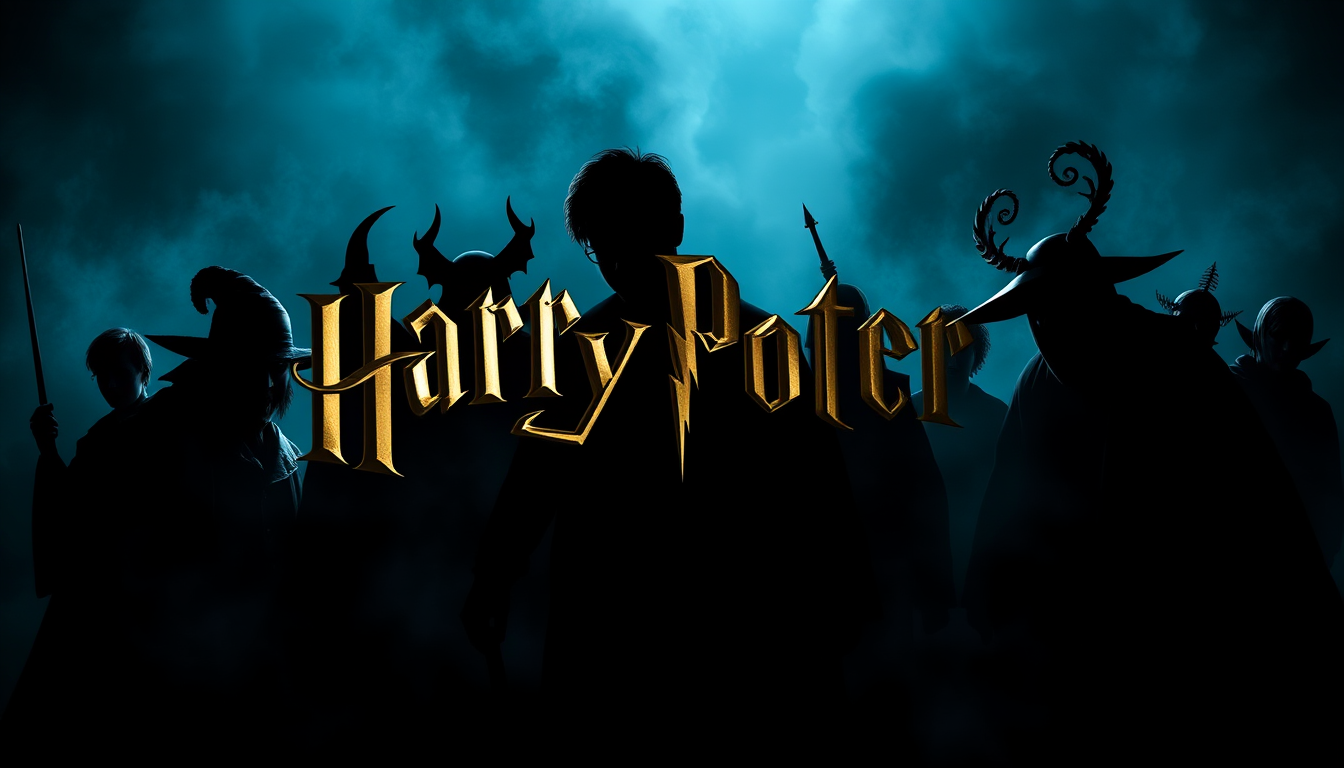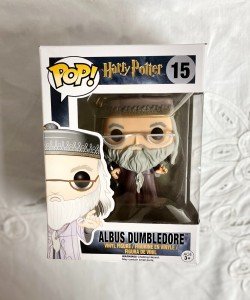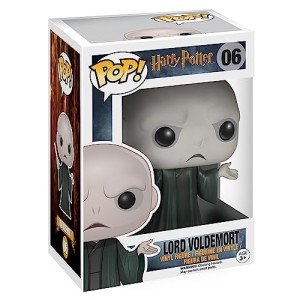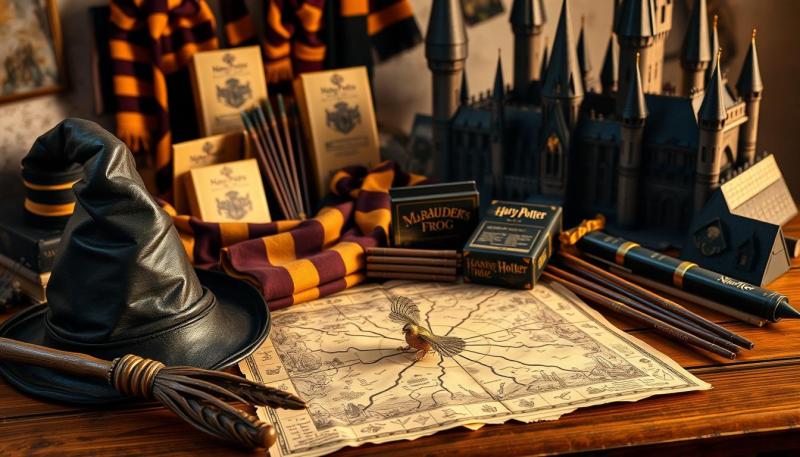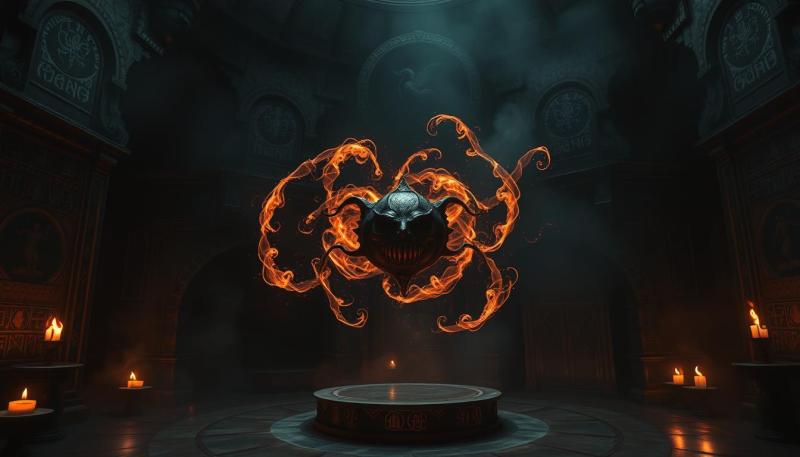The world of Harry Potter captivates many with its magical adventures, including some of the most notorious villains in literature. From dark wizards to terrifying creatures, these evil characters add depth and excitement to this fantasy genre. The struggle between good and evil in J.K. Rowling's famous series, embodied by figures like Voldemort, keeps you turning the pages and on the edge of your seat.
You can't mention Harry Potter villains without talking about the Dark Lord himself, Voldemort. His ambition to conquer the wizarding world leaves a trail of fear and chaos. Alongside him are other antagonists and magical creatures that play crucial roles in advancing the story. Their actions and motivations help you understand what makes them so compelling and feared.
Some of these villains go beyond mere physical threats; they symbolize deeper evils and challenges, making their impact last long after the final pages are turned. As you explore these fascinating antagonists, you understand how they enrich the narrative and continue to inspire countless fans.
Key Takeaways
- Villains add depth to the fantasy genre.
- Voldemort is central as a key antagonist.
- Evil figures create lasting impact in the story.
Primary Antagonists in the Harry Potter Series
In the Harry Potter world, the main villains range from power-hungry wizards to those driven by pure malice. Each plays a critical role in shaping the story and challenging Harry Potter. Their actions and philosophies highlight the series' themes of power, loyalty, and morality.
Lord Voldemort
Lord Voldemort, originally Tom Riddle, is the central villain. He seeks absolute power and immortality through dark magic. Voldemort is a master of manipulation and terror, rallying followers known as Death Eaters under his command. His quest for dominance over the wizarding world leads to numerous battles, rooted in his belief of a pure-blood supremacy.
He is willing to kill without remorse, showcasing his pure evil nature. His snake, Nagini, is both his loyal companion and a Horcrux. This connection exemplifies his need for control over life and death. His reign of terror leaves lasting impacts on the wizarding world, defining much of Harry's journey.
Bellatrix Lestrange
Bellatrix Lestrange is one of Voldemort's most loyal followers. Her loyalty to the Dark Lord is unwavering, often demonstrating cruelty and sadism. As a pure-blood witch, she believes in pure-blood supremacy and despises anyone who opposes her master. She is known for her participation in torturous acts, revealing her deeply deranged nature.
Bellatrix's fierce dedication is matched by her skill in magic and combat. She takes pleasure in causing pain, marking her as one of the most dangerous Death Eaters. Her actions contribute significantly to the chaos and suffering experienced by those who resist Voldemort. Her relationship with Voldemort reflects her fanatic devotion to his cause.
Dolores Umbridge
Dolores Umbridge is a Ministry of Magic official initially tasked with supervising Hogwarts. Her strict adherence to rules and order disguises her underlying cruelty and lust for power. Umbridge's tenure at Hogwarts is marked by oppressive policies and harsh punishments, often targeting students and faculty alike.
Her efforts to control and suppress any dissent reflect her authoritarian nature. Although not a Death Eater, Umbridge's actions and prejudices align closely with Voldemort's ideals. Her presence is a reminder that evil can also thrive within institutions. Umbridge's impact on Hogwarts students leaves a lasting impression, showcasing her as a formidable antagonist.
Peter Pettigrew
Peter Pettigrew, known as Wormtail, is a former Hogwarts student who betrays his friends for his own gain. His betrayal is pivotal, leading to the events that make Voldemort powerful. Pettigrew becomes a servant to the Dark Lord, driven by fear and a desire for protection.
His cowardice and lack of morality lead him to perform heinous acts, including the revival of Voldemort. Pettigrew's actions demonstrate the destructive nature of betrayal and self-preservation. Though lacking the raw power of other antagonists, his choices significantly impact the wizarding world. He represents the weakness that can lead individuals to darkness.
Lucius Malfoy
Lucius Malfoy, a prominent Death Eater, uses his influence to further Voldemort's agenda. As a wealthy and powerful wizard, he exerts considerable control over the Ministry of Magic. His belief in pure-blood superiority fuels his dedication to the Dark Lord's cause, despite occasional signs of self-interest.
Malfoy's role is more nuanced, as he often struggles between his loyalty to Voldemort and the welfare of his family. Despite his attempts to maintain status and power, he faces consequences for his actions, showcasing his vulnerabilities. Lucius' character offers insight into the complexities of allegiance and the cost of ambition.
Gryffindor Hooded Bathrobe for Harry Potter Fans
Wrap yourself in the cozy spirit of Gryffindor while enjoying magical moments at home
Product information
$79.99
Product Review Score
4.26 out of 5 stars
195 reviewsProduct links
Magical Creatures and Henchmen
In the Harry Potter series, magical creatures and henchmen play crucial roles in supporting the dark forces. Characters like Nagini and Fenrir Greyback, along with groups such as the Death Eaters and even the Dursleys, contribute significantly to the saga's tension and drama.
Nagini
Nagini is a serpentine creature and Voldemort's loyal companion. You first encounter her as a fearsome snake, used by Voldemort for both protection and attacks. Nagini also contains a part of Voldemort's soul, making her one of his Horcruxes, and therefore vital to his survival.
Her transformation from a human into a snake adds complexity to her character. While she aids Voldemort with her lethal instincts, she evokes a sense of tragedy due to her cursed fate. Nagini's presence is crucial in the final battles and highlights the danger posed by magical creatures within the wizarding world.
Fenrir Greyback
Fenrir Greyback is a notorious werewolf known in the wizarding world for his brutality. Unlike other werewolves, Greyback fully embraces his condition, relishing in causing havoc and pain. His allegiance to Voldemort is characterized by his eagerness to turn others into werewolves, spreading fear and chaos.
Greyback's presence at key events, such as the Battle of the Astronomy Tower at Hogwarts, illustrates his role as both a strategic and terrifying henchman. His actions impact various characters' lives deeply, demonstrating the dark influence of magical creatures under Voldemort's control.
Death Eaters
The Death Eaters are Voldemort's most loyal followers, consisting of witches and wizards who share his ideology of pure-blood superiority. These henchmen carry out his orders, ranging from spreading fear to attempting to control the Ministry of Magic.
Many significant battles throughout the series, including the Battle of Hogwarts, involve the Death Eaters. Their presence instills dread across the wizarding world, as they are known for their brutal and merciless tactics. Understanding their role provides insight into the organizational structure and power of Voldemort's forces.
The Dursleys
Though not magical themselves, the Dursleys hold a significant place as antagonists in Harry's life. They raise him in a neglectful and oppressive environment, making his life difficult outside the magical realm.
Their treatment of Harry sharpens his resilience and underscores themes of alienation and disregard for the unknown. The Dursleys' hostility toward anything magical can be seen as a form of prejudice that parallels some of the broader conflicts within the wizarding world. Despite lacking magical powers, their influence on Harry is profound, shaping his character in the face of adversity.
Conceptual Personifications of Evil
In the Harry Potter series, certain objects and symbols embody the essence of evil, playing crucial roles in the Dark Lord's quest for power and immortality. These elements are not just tools but represent deeper themes of control and darkness.
Horcruxes
Horcruxes are the most chilling representations of evil created by dark wizards. As you may know, a Horcrux is made by splitting one's soul and embedding it into an object. This process allows the dark lord or any powerful dark wizard to achieve a form of immortality. The creation of a Horcrux requires committing murder, which violently fragments the soul.
Voldemort, the central villain, made several Horcruxes to safeguard his life. He chose significant items, such as Tom Riddle’s diary and Salazar Slytherin’s locket, to ensure their protection. Each Horcrux had to be destroyed to weaken Voldemort, highlighting their importance in the fight against evil. The complexity of Horcruxes underscores the lengths to which villains go to avoid death and consolidate power.
The Dark Mark
The Dark Mark is another potent symbol associated with darkness and fear. This mark is both a tattoo and a spell used by Voldemort and his followers. It appears as a skull with a snake emerging from its mouth and is branded on the forearm of each Death Eater, signifying their allegiance to the Dark Lord and his causes.
When cast into the sky, the Dark Mark signals chaos and terror, often appearing at scenes of murder or disaster. It represents Voldemort's influence and the dark wizard's reach, instilling fear in those who see it. The mark serves as a warning, a reminder of the ever-present danger and the power of those who wield it.
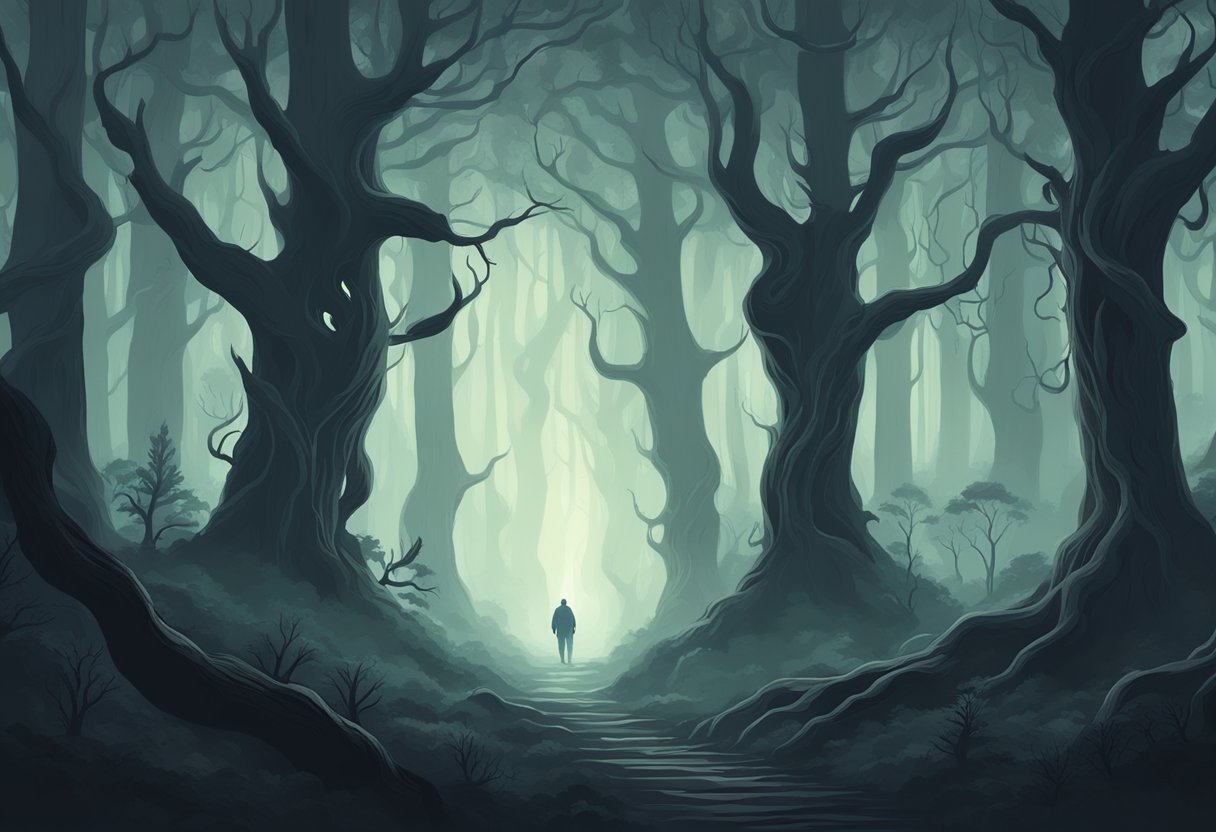
The Lasting Impact of Villainy
Villains in the Harry Potter series leave deep marks on both characters and readers. Their actions shape the story and impact the lives of heroes. For instance, the death of Cedric Diggory serves as a catalyst for awareness about the dangers Voldemort poses.
Sirius Black's battle against evil underlines themes of loyalty and sacrifice. His role in the Order of the Phoenix is pivotal. His death is a profound moment illustrating the cost of fighting dark forces.
Albus Dumbledore, while considered a hero, shows that even those with good intentions can make questionable choices. His secrecy about the Chamber of Secrets creates lasting consequences and demonstrates the complex nature of good and evil.
The villains also greatly impact the grand events in the series. The Battle of Hogwarts unites various factions like the Order of the Phoenix, showcasing solidarity against dark forces. You see heroes like Harry and his friends stand firm.
These battles aren't just about magic and spells. They emphasize traits like bravery, loyalty, and friendship. The villains' actions further strengthen these qualities in heroes, pushing them to their limits both physically and emotionally.
The impact of villainy extends beyond being evil characters. They shape the very fabric of the wizarding world. They force heroes and allies to confront moral challenges, driving the story's tension and depth.
